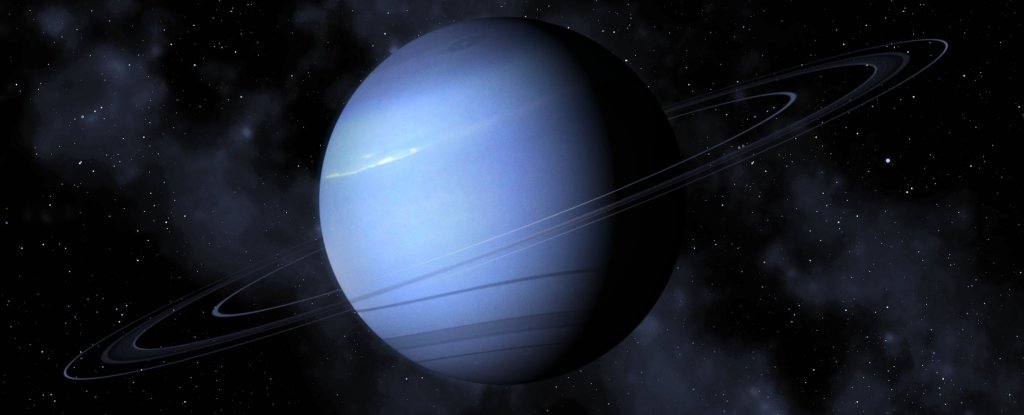
The new experiment used the SLAC National Accelerator Laboratory's Linac Coherent Light Source (LCLS) X-ray laser for the most precise measurements yet of how this 'diamond rain' process should occur - and found that carbon transitions directly into crystalline diamond.
And calculations and experiments dating back decades have shown that, with sufficient pressure and temperature, methane can be broken down into diamonds - suggesting that diamonds can form within this hot, dense material.
A previous experiment at SLAC led by physicist Dominik Kraus at the Helmholtz-Zentrum Dresden-Rossendorf in Germany used X-ray diffraction to demonstrate it.
For this, the team used the hydrocarbon polystyrene (C8H8) in place of methane (CH4).
In the previous experiment, X-ray diffraction was used to then probe the material.
In the new experiment, the team used a different method, measuring how X-rays scattered off electrons in the polystyrene.
"In the case of the ice giants we now know that the carbon almost exclusively forms diamonds when it separates and does not take on a fluid transitional form," Kraus said.
If diamonds - more dense than the material around them - are raining down into the planet's interior, they could be releasing gravitational energy, which is converted into heat generated by friction between the diamonds and the material around them.
